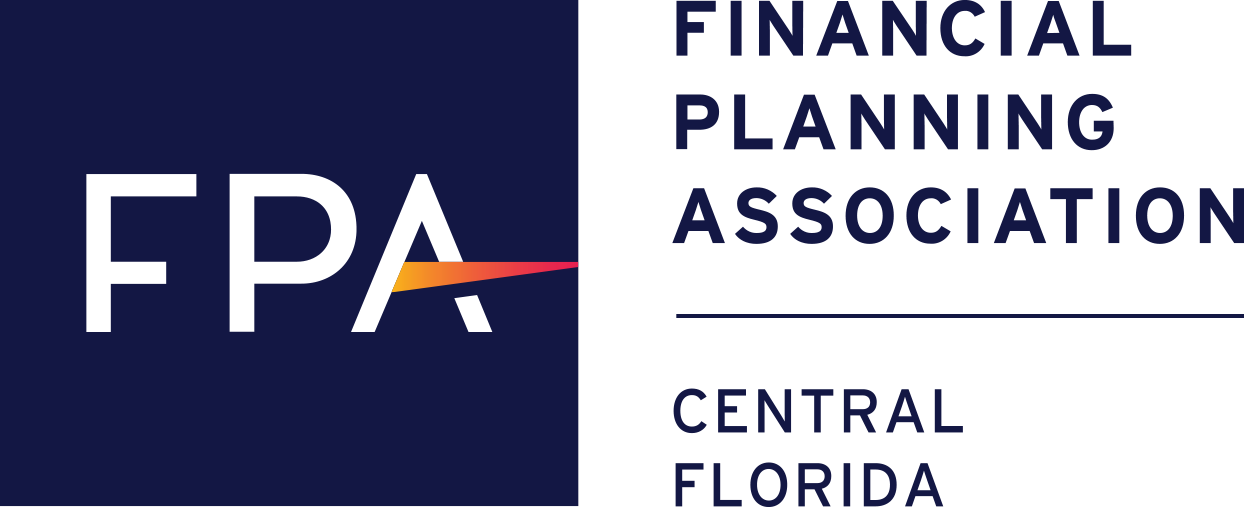

The following is the third and final article in a series developed by the Financial Planning Association to provide members of a specific generation with a checklist of financial planning priorities appropriate to their age and circumstances. This checklist details financial planning priorities for Millennials. (Part 1 focused on Baby Boomer and Part 2 on members of Generation X.)
Buying a home. Getting married. Starting a family. Advancing a career. Paying down school loans and other debt. Saving for the future. And, of course, enjoying the here and now. These are just some of the priorities, milestones and responsibilities that members of the Millennial generation — the roughly 75 million Americans born between 1981 and 1997 — are confronting as 20- and 30-somethings.
The checklist that follows includes 12 steps that Certified Financial Planners™ recommend Millennials consider taking now to solidify their financial present and position them well for the future, whatever it holds.
Start (and continue) saving for retirement. Setting aside even a little bit each month toward retirement when you’re younger can make a huge difference later, thanks to the power of compound growth over time. Certified Financial Planner™ Glenn J. Downing of CameronDowning, LLC, in Miami, FL, offers an example of why it’s wise to consider investing money in a retirement savings plan such as an IRA (individual retirement account) or 401(k) sooner rather than later: “Say you are 24 and just out of graduate school, working your first You decide to wait until you’re 30 to fund an IRA. You contribute $400/month to that IRA until you are age 67, which is your normal Social Security retirement age. The future value of that account, at a steady 8% growth rate, is $1,086,560. Had you begun to save six years earlier, that account would be worth $1,789,977. So by waiting six years, you cost yourself $703,417! And the shame of it is, during those six years you would only have contributed $18,000.” So commit to contributing, and if possible, increase contributions by 1% per year until you get to 10% suggests Certified Financial Planner™ Kristin C. Sullivan of Sullivan Financial Planning in Denver, CO.
Take advantage of an employer’s offer to match your retirement plan contributions. Some employers will kick extra money into your retirement plan once an employee’s own plan contributions reach a certain level. If your employer does indeed offer a match, do what it takes to hit the match threshold. Otherwise you’re essentially leaving money on the table, notes Alina Parizianu, CFP®, of ACap Asset Management in Great Neck, NY.
Maximize your workplace benefits. Take the time to review the benefits your employer provides. If you need a will, for example, maybe the legal services benefit now makes sense for you. If a health savings account (HSA) is offered as part of your healthcare plan, that’s a tax-favored option worth considering. Whatever the case, the only way to find buried treasure in your benefits plan is to do some digging.
Purchase life insurance. If someone — a spouse, a child — depends on you financially, then you likely need life insurance. If you die, a life insurance policy provides the beneficiary a lump sum amount of money, called the death benefit, tax-free. That money can be used to cover expenses and provide financial security in the face of tragedy. For Millennials, a term life insurance policy can be eminently affordable, notes Downing. “A $500,000, 20-year term policy on a healthy 24-year-old costs in the neighborhood of $25/month.” What’s more, if you don’t have a spouse or kids but your parents co-signed on a student loan for you, a life insurance policy [with your parent or parents as beneficiaries] can be used to cover the loaned amount, affording them financial protection should you die before paying off the loan.
Purchase disability insurance. The justification for doing so is the same as with life insurance: If you have people who depend on your income, disability insurance replaces some of that income if you become disabled. Ask your employer if disability insurance (short-term or long-term) is offered as a workplace benefit. If so, it may be worth getting a policy through your employer.
Establish beneficiaries for retirement accounts and insurance policies, and keep them up-to-date. So you’ve been contributing to an employer’s 401(k) plan or your own IRA, or perhaps purchased a life insurance policy. That’s progress! Your next step is to establish beneficiaries for those plans and policies — who will get those assets should you die. This typically is just a matter of filling out a paper or online form and submitting it to the plan or policy administrator. If you have a spouse and/or children, they are good beneficiary candidates to consider. If not, then consider siblings, parents, etc. And be sure to update beneficiaries as circumstances change, such as when you get married or have a child.
Get a firm handle on debt. If you’re not careful, interest-bearing debt from loans (school, car, home), credit cards and the like can mount quickly. So use cash and your debit card to pay for stuff whenever possible rather than taking on more debt. Shop around for lower-interest credit cards (via a site such as bankrate.com). And commit to paying off credit card balances promptly — and preferably in full each month.
Build an emergency fund to give yourself a cushion. What happens if you lose your job or are ambushed by an unexpected major expense from a medical issue, a car accident, etc.? Instead of leaning on a high-interest credit card to fill that financial need, establish an emergency cash reserve you can tap in situations such as these. Parizianu recommends keeping at least 3-6 months’ worth of expenses in an account where the money is readily available, such as a savings or money market account. No need to come up with the entire amount at once. Instead build it over time with a series of deposits.
Own the right home. A home is the most significant financial investment many people will ever make. So when it comes time to buy a home, to maintain a manageable level of debt and avoid stretching yourself too thin financially, look for one worth no more than two to two-and-a-half times your annual income, suggests Audry J. Batiste, CFP®, founder of Precise Wealth Management in Las Vegas, NV.
Get a will. Once you own real property, like a home, get an attorney to draw up a will specifying how you want your assets distributed at death. Without one, decisions about the handling of your assets could be left in the hands of a probate court instead of the loved ones you left behind. And while you’re at it, have the same attorney draw up a living will, power of attorney and healthcare power of attorney (surrogate) for you. These legal documents are where you specify your end-of-life preferences and who will make decisions for you about your health and your assets should you become incapable of doing so.
Get a handle on your cash flow. How much money do you have coming in each month? How much do you pay each month to cover hard expenses? Once you see the numbers on each side of the ledger (preferably in the context of a monthly budget or spending plan), you can tailor your spending and saving habits accordingly. For access to a free spending plan template and other useful household budgeting tools, check out mint.com.
Prioritize your most important goals and make a plan for achieving them. What are your life and financial priorities: buying a home, traveling more, building a business? Having clear goals in mind and setting them down in writing can provide the extra impetus to actually achieve them. Then, with the help of a financial professional, develop a written plan for how to get there. To find a financial planning professional in your area, check out the Financial Planning Association’s searchable national database at PlannerSearch.org.
